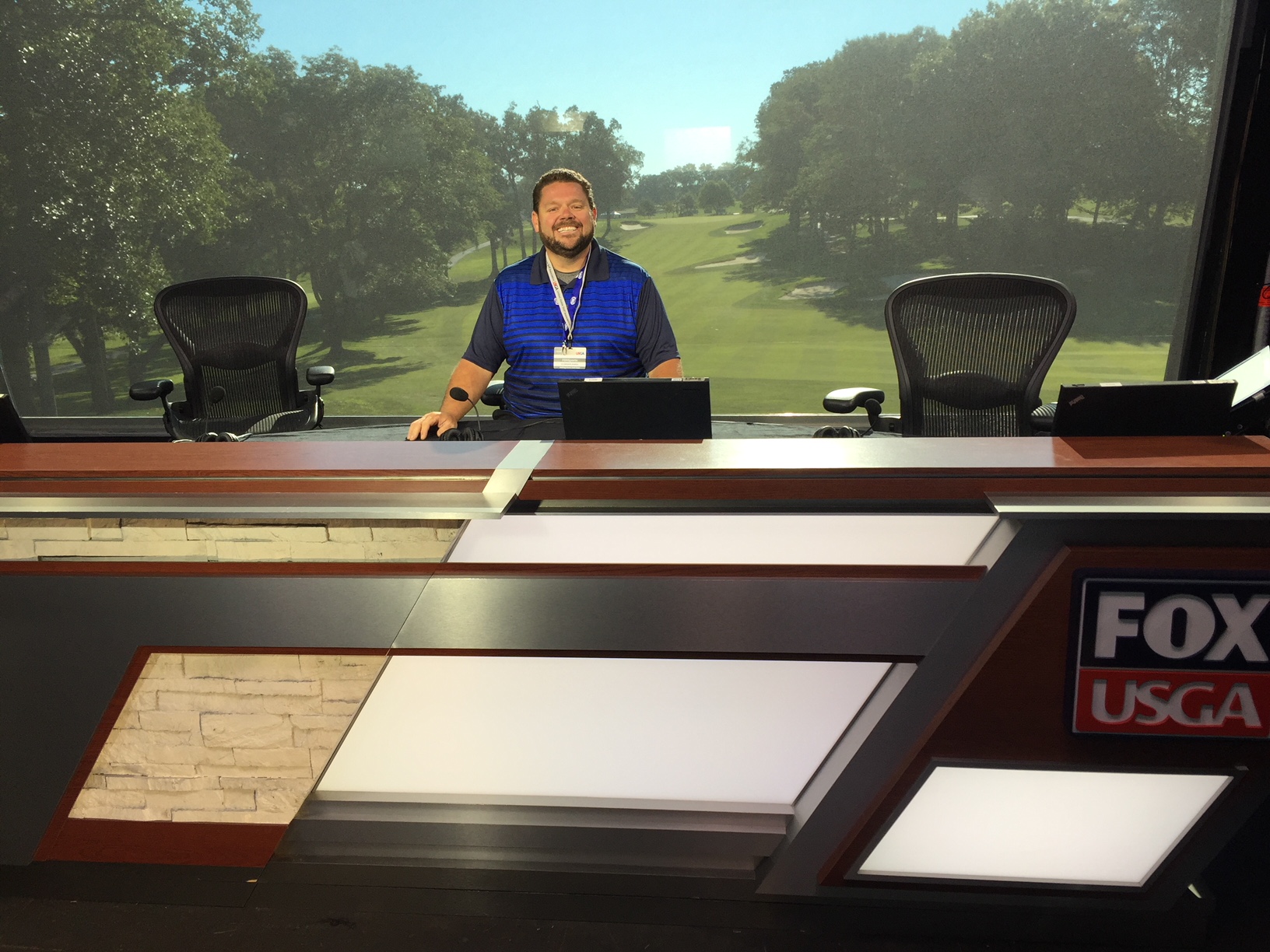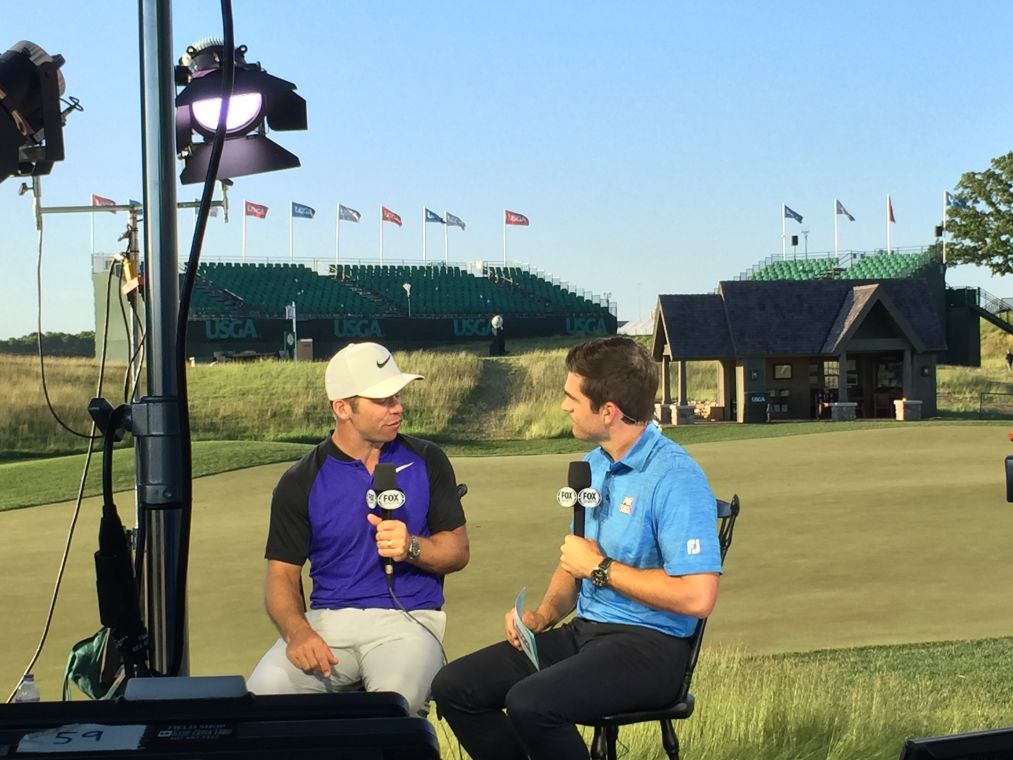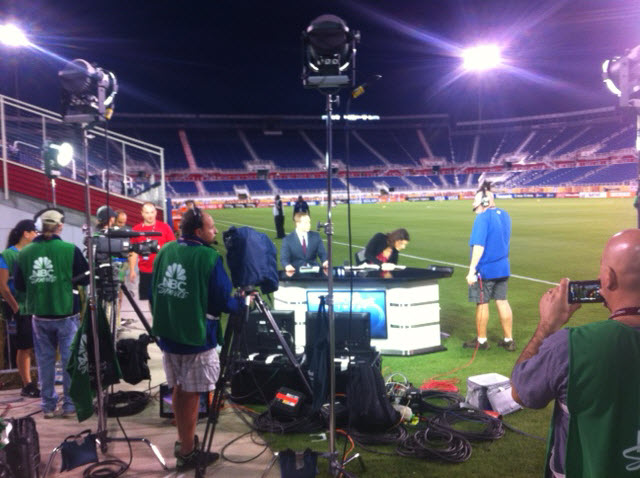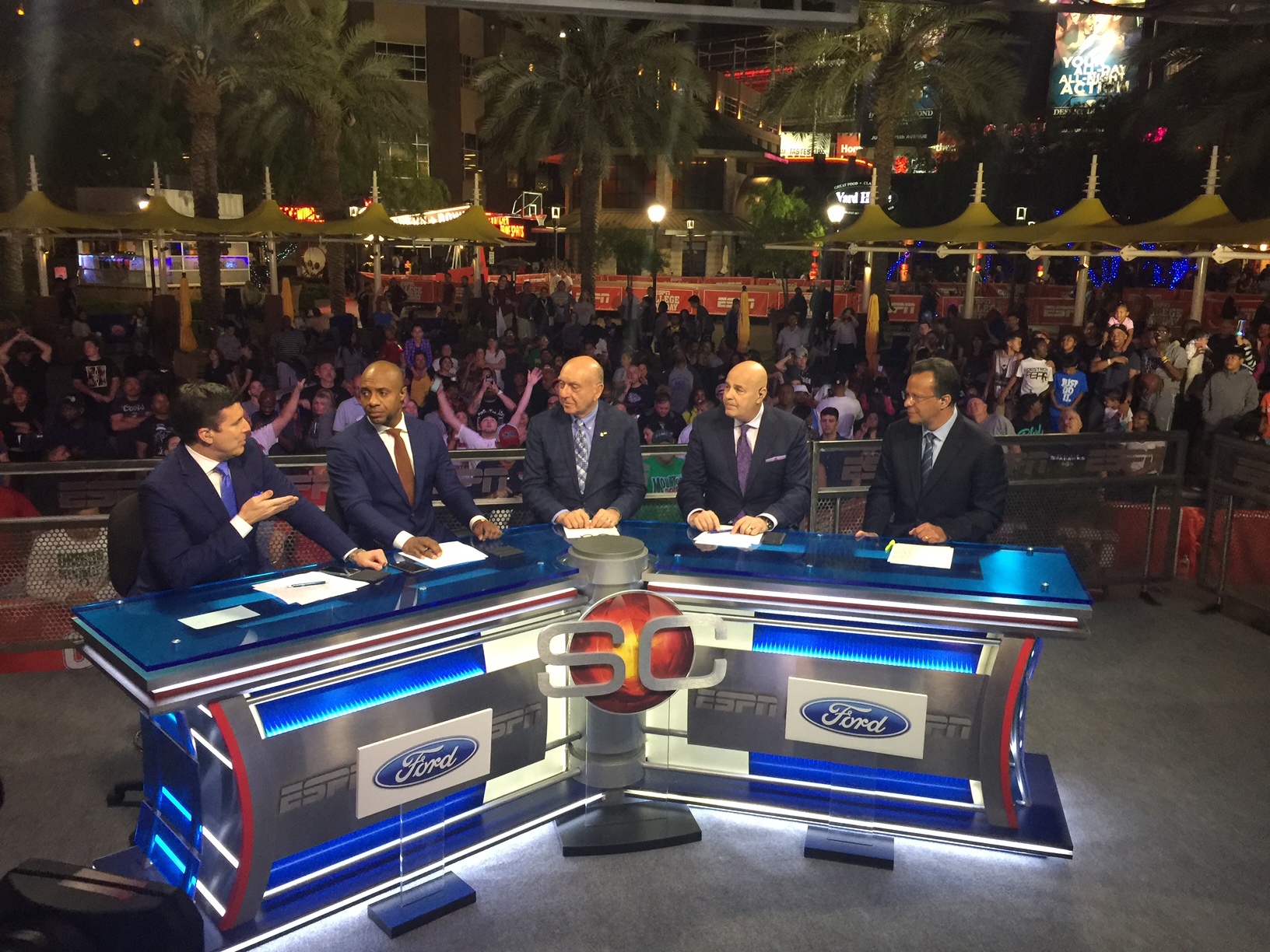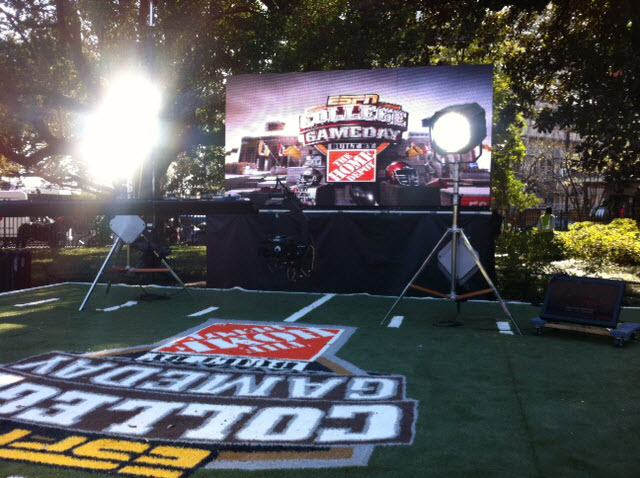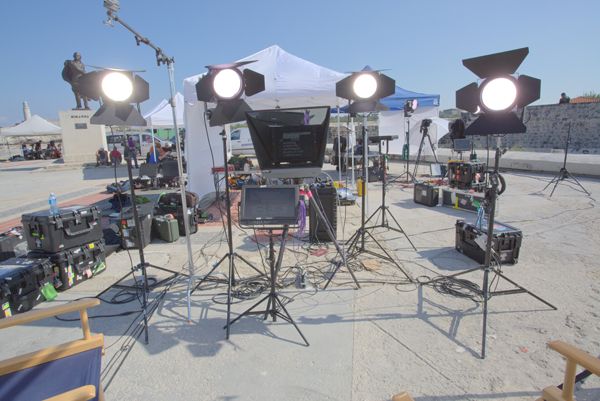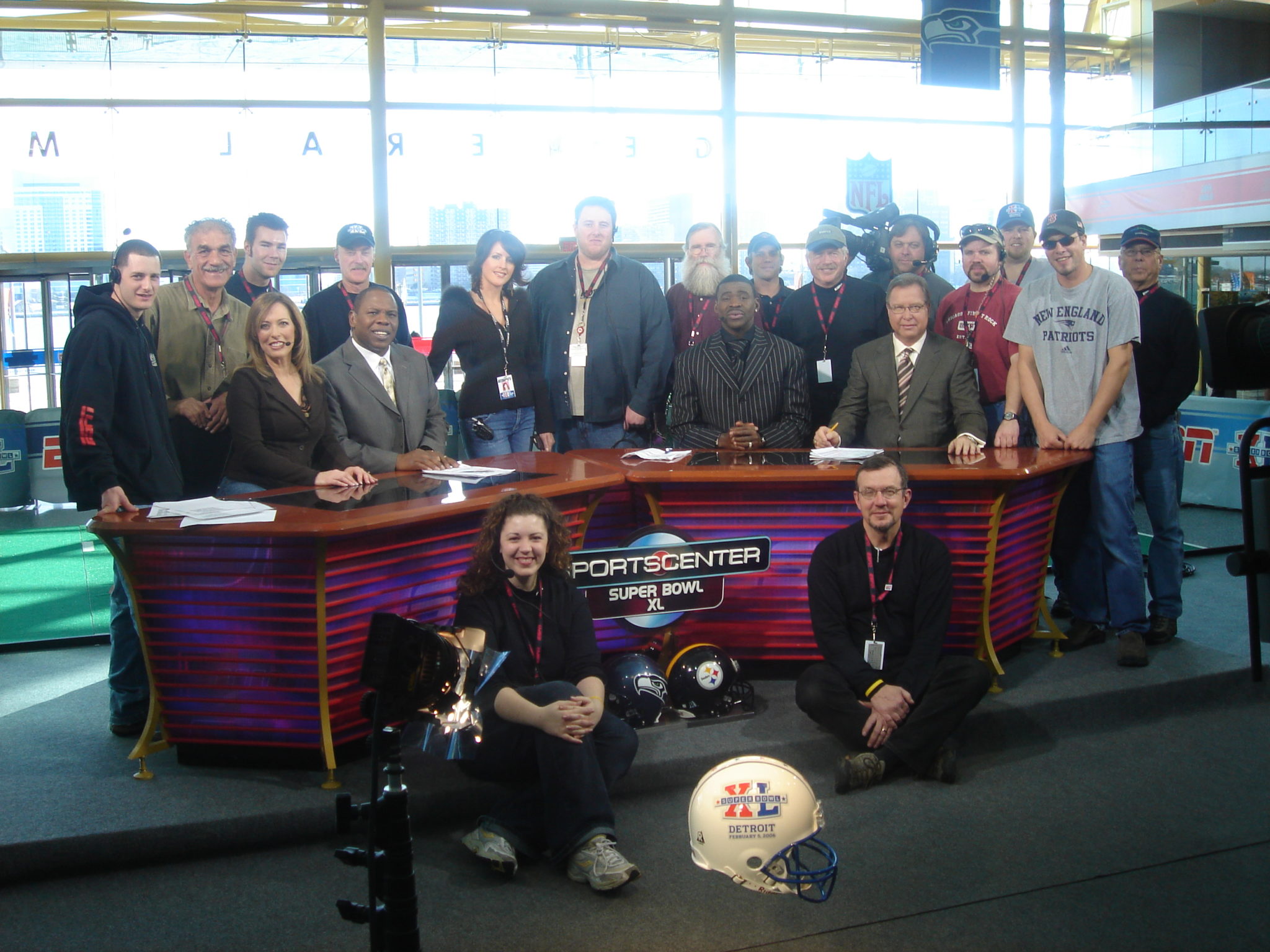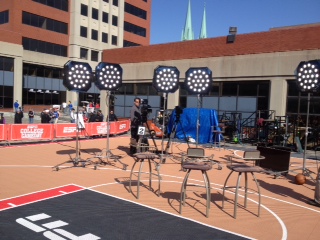No doubt about it, being involved in the entertainment industry is a buzz! Becoming a Hollywood star may not be for you, but for many people working in the industry is completely achievable if you enough talent and dedication to get you noticed.
Big television productions aren’t just about the big names in front of the camera. There are armies of support staff behind the scenes who come together to make the magic happen. From runners and caterers to costumiers and cameramen, everyone involved in a production has a vital part to play.
Not quite ready to become the next big thing? Here are just a few of the important roles that take place behind the scenes:
Sound Engineers
Sound engineers have a very important part to play, after all, unless you are making a silent movie, the sound needs to be crystal clear without being deafening. It is their responsibility to set up and operate all of the audio equipment that is right for the particular type of industry or production they are working on. It will also be up to them to connect all the wires and cables and set up and operate sound and mixing boards throughout the audio recording. They can be responsible for mixing the audio when the production has been recorded and added voice-overs where necessary. They work with microphones, speakers, video screens, projectors, video monitors, and recording equipment to ensure that the sound levels are always just right.
Camera Operators
Camera operators are responsible for filming what will be shown on the screen. Whether they are in a studio environment, or out on location, the skills they require are more or less the same. Advances in modern technology have changed the way in which camera operators record footage. What was once dependent on shooting and editing rolls of film, is now mostly recorded using digital cameras and editing software.
Most camera operators work in teams to ensure that every angle of the drama is captured perfectly. They work closely with the Director or Producer as they need to follow directions that give the order of the shots. They may also have assistants who help to set up the camera equipment and find the best angles from which to shoot. If they are shooting a live event, they must be able to make adjustments at a moment’s notice and follow the instructions of the show’s director.
Costume Department
The costume department is responsible for creating the look and mood for actors and actresses in film, television and stage productions. By undertaking extensive research and learning more about the characters on screen they add authenticity to every production. They will either buy the clothes, make them themselves or commission them to be made by a fashion house or design team.
From the costume designer, through to dressers and even those who are simply responsible for ensuring that the right clothes are on the right hangers, the wardrobe department plays an important role in bringing characters to life on screen.
Makeup Department
The makeup department ensures that all performers have suitable makeup and hairstyles before they appear in front of a camera. They work across all types of productions and are usually freelance artists that bring their own equipment with them. They work to a brief that has been provided by the producer, and work along side the costume department to create the right “look”.
Whether they are simply adding basic makeup to keep presenters or performers looking fresh and shine-free under studio lighting, or using prosthetics and special effects make up for movies, they are highly skilled and talented artists in their own right.
Set Designers
A set designer is in charge of designing and creating sets for films, television, and theatre productions. Working from rough drawings that are provided by the production team, they design and build realistic looking scenery for the production.
From working with miniature three-dimensional models of the set, to building believable backdrops for the actors to work with, set designers ensure that the scenes we see on screen look as authentic as possible.
Lighting Department
Effective lighting is essential for every type of production. The lighting team are one of the most important crews on set and are involved in every stage of the production. From the outset, they will make extensive preparations before recording days, including script reading and taking part in discussions about the type of lighting that is required.
They will work with the rest of the crew to discuss the logistics of the production, and usually prepare a lighting plan which provides information about the position, type, and color of all the lights to be used. They will be on set on a daily basis and will set up and operate the lights that have been chosen for each shot, as well as add any lighting effects using equipment in the gallery. During recordings or live transmissions, any final adjustments are made as and when required.
Frank Gatto & Associates have almost 40 years experience of working with some of the best crews in the business. Providing first class lighting solutions is what we do best.
Frank Gatto & Associates, Inc. are specialists in lighting for television events of all kinds. If you have an event that needs expert lighting, please call us today to see how we can help.
Phone: 561-368-0101
Email: frank@frankgattolighting.com
We can be found on Social Media at the following links.





